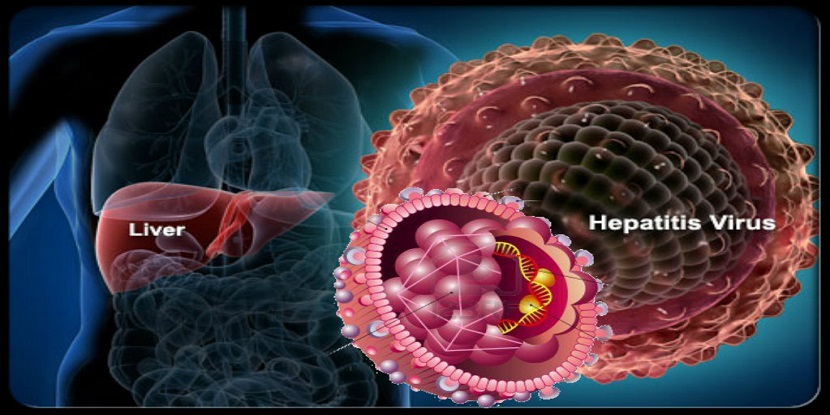The liver is the largest organ of the body. It serves many functions such as detoxification and metabolism of many drugs and chemicals. The liver’s main job is to filter the blood coming from the digestive tract before it circulates throughout the body.
The liver produces bile, which helps to digest and break down fats, cholesterol, and vitamins. The liver has certain cells called the Kupffer cells that are involved in the destruction of disease-causing agents to help the immune system that might enter the gut through the liver.
Inflammation of the liver, a condition known as hepatitis occurs due to certain viruses, drugs or alcohol abuse and due to autoimmune diseases.
In Pakistan, there are about 15 million cases of hepatitis, which makes the country have the highest number of cases in the world. The disease does not occur and disappear, but it may last and cause several complications. It can be proven fatal if not treated.
Hepatitis A:
Hepatitis A is caused by the Hepatitis A Virus (HAV). The mode of transmission is through the fecal-oral route. It can also spread through direct and indirect contact with the infected person, close relation with the infected person or sexual relation with the infected person.
Ingesting the contaminated water and food can also be the reason for hepatitis. Initially in the infection viremia occurs, but the bloodborne transmission of HAV is uncommon.
The symptoms in all types of hepatitis are the same that include jaundice, fever, fatigue, loss of appetite, vomiting, abdominal pain, dark urine and diarrhea which is specific to Hepatitis A.
Children of less than 6 years of age and older adults are more prone to it. It usually does not cause any chronic complications after acute infection. There is no specific treatment. Vaccination is available and effective under the age of one.
Hepatitis B:
Hepatitis B is caused by the Hepatitis B Virus (HBV). Percutaneous or exposed skin if you get in contact with infectious blood, semen, and other body fluids can cause HBV.
It is transferred from one infected person to another through sexual contact when an infected mother gives birth and by sharing needles and drug equipment. HBV is less likely to occur through organ transplants and or using other personal equipment like razors, toothbrushes or contact with open sores of an infected person.
The symptoms are the same as HAV excluding diarrhea. A few percentages of the people get a chronic infection following HBV like cirrhosis or liver failure. The only treatment is to get vaccinated and take preventive measures.
Hepatitis C:
Hepatitis C is caused by the Hepatitis C Virus (HCV). The mode of transmission is through direct or indirect contact. Sexual contact with an infected person, exposure to body fluids transfer the disease in a healthy person.
The indirect mode of transfer is through infected needles and surgical instruments. The signs and symptoms are fever, fatigue, abdominal pain, and related pains and complications. The treatment of acute HCV is considered, but there is no vaccine for it.
Image source link

















